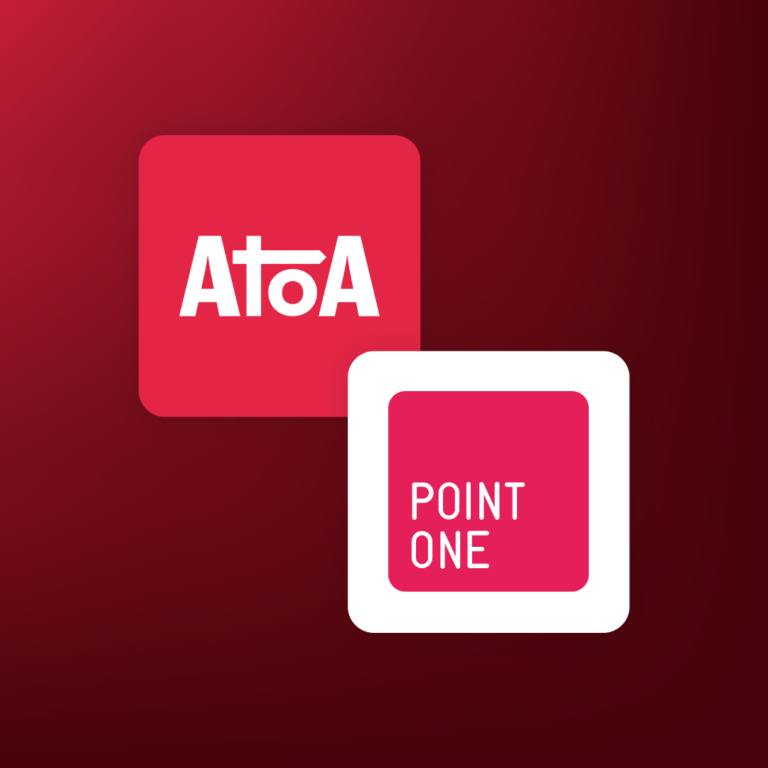While this effective from date has been known to us for two years, those in the hospitality industry would be forgiven for being unavoidably distracted by a global pandemic and the fallout of staffing and supply-chain shortages. But do not despair as our blog will quickly bring you up to speed on whether this legislation applies to you and if so, provides 4 concise steps to take to achieve full compliance.
What is Natasha’s Law?
From 1 October any business in Wales, England or Northern Ireland that produces pre-packed for direct sale food (PPDS) will need the label to display the name of the food and a full ingredients list with any of the 14 main allergen ingredients clearly highlighted.
The new law is intended to provide greater safety and confidence to the millions of people in the UK living with food allergies when purchasing pre-packed food.
It was created following the death of 15-year-old Natasha Ednan-Laperouse, who died after eating a baguette containing sesame, to which she was allergic, but was not listed on the packaging.
Defra estimates that 1-2% of adults and 5-8% of children have a food allergy and more have intolerances. This equates to a potential of 532,5880 children and 544,000 adults at risk.
Does the law apply to my business?
It will be relevant for most Food-to-go, fast-casual/QSR brands but, as Caroline Ellis from Ten Kites outlines below, it depends on the following for all your food offerings as each variable may have different labelling requirements:
- The difference between prepacked (packed by one business and supplied to another business), prepacked for direct sale (food which is packaged at the same place it is offered or sold to consumers and is in this packaging before it is ordered or selected) and non-prepacked (food that is not in packaging or is packaged after being ordered by the consumer).
- How the consumer orders the food: if in your business and the food is packaged at the same place it is offered or sold it is PPDS, whilst for food items ordered by phone/online mandatory allergen information must be available to the consumer before they purchase the product and also at the point of delivery.
4 ways to prepare and adhere fully to Natasha’s Law
1. Carry out a full menu audit
Identify any foods that are classed as PPDS and focus on ensuring that these items are always labelled for the appropriate allergens, in compliance with Food Standards Agency regulations.
If you don’t have the capability currently to produce labelling for these items the quickest short-term solution is to remove them from your offering.
Alternatively, you can refine your menu and have fewer ingredients that are shared between recipes and benefit from the likely bonus of reduced wastage.
2. Have the right technology in place
Make sure your technology partners can support and integrate with relevant third parties to ensure you hit the required timescales.
The ability to be flexible, accept substitutions and quickly provide updated information to customers is critical when choosing technology partners. A complex data flow together with clunky or non-existent processes will harm operators already dealing with unprecedented challenges.
Stock Control
Often your EPoS supplier will have integrated stock control software which you can use to carry out the above audit quickly and accurately. This allows you to input ingredients from suppliers (who must include all the relevant allergen information at supply) and build your recipes with confidence, knowing that those items requiring PPDS labelling can have it
Many integrated stock control solutions will also have the capacity to output compliant labelling data to label printers so the whole process from ingredients processing to final label output is seamless. This largely automated process means far less room for human error as long as ingredient data is loaded accurately from the start.
Label printers
If your EPoS system does not have stock control and label printing within its scope, as long as it has an open API platform, you can integrate it with industry-leading kitchen management software like Kitchen Cut and labelling systems like Nutritrics.
Whichever solution you go for it’s important to check that:
- the label printers have version control to safeguard the integrity of the data.
- they are capable of outputting the imminent calorie labelling regulations for guaranteed long-term use.
3. Future-proofing and exceeding customer expectation
The challenge with displaying labels (with full ingredient lists) on some food and not on others is the consumer may not understand why they can’t see the same data for the entire offer.
It’s fair to assume consumers will want or expect to see the same level of information for all foods, regardless of whether they are packaged or not. Moreover, many consumers are more interested in the provenance, seasonality and carbon footprint of the food we eat so seeing a full ingredients list would be a good starting point.
Let’s face it, this is potentially a huge task, particularly if you are a Food-to-go brand so it’s good practice to also expose non-PPDS recipes digitally with all the relevant PPDS information, particularly if you have the data anyway.
Why not go that extra mile for great customer service and, if possible, invest in digital screens/tablets for customers to use to access the recipes or provide QR codes so they can see them on their own devices.
Or, if you are a fast-casual/QSR brand, then this information can come as standard alongside the full customer ordering and payment options provided by self-service kiosks.
4. Staff Training
Food businesses must ensure proper allergen management systems are in place and staff have up-to-date allergen awareness training and understand the importance of the new allergen labelling requirements.
- Make sure adequate training is given to empower all staff with the knowledge they need to keep the system operating as expected.
- Do they know what the 14 allergens are and how these are presented on an ingredient list?
- Do they know what prepacked for direct sale food means?
- Do they know where to go to or who to ask in the event of any questions either from themselves or from a customer?
- Everyone in your business has a responsibility to ensure the provision of correct allergen information.
- Define exact roles and responsibilities and appoint a person who validates the ingredient formulas of every food used in your business on a regular basis to prevent mistakes.
- Continually review and adjust your processes to prevent avoidable incidents in the future.
This can feel like a monumental task to adhere to Natasha’s Law, particularly for independent operators with smaller budgets and fewer resources but there is a great deal of free information out there to help.
A good starting point is the dedicated website: natashas–law.com which includes free download guides and checklists on everything from PPDS food labelling to running food audits and sourcing supporting technology.
Our EPoS specialists are also free to chat through information about the allergen compliant solutions within our EPoS ecosystem including kitchen management, stock control and labelling and Mobile POS and kiosks.




